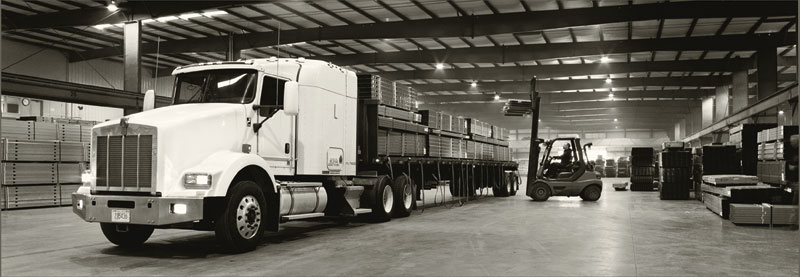In 2023, wildfires on the island of Maui destroyed upwards of 2,000 buildings, many of which were homes. More recently, the Palisades and Eaton Fires destroyed thousands of homes in the Los Angeles area. In the aftermath of each, images of “miracle houses”—homes that appear completely unscathed from the fires, despite being surrounded by buildings that were destroyed—quickly drew attention online, with many people wondering exactly how these homes survived. Many factors, including firefighter intervention, changes in wind direction, prevention steps, and even luck, likely could’ve played a role. But an ounce of prevention is worth a pound of cure, as they say, and there are some fire-resilient building materials and techniques that are worth considering for those looking to rebuild or protect their homes from future fires.
Connective Fuels
Building a fire-resilient home is not the same thing as building a fireproof home, which is nearly impossible. Wildfires are extremely hot and intense and, with enough time, can burn through or melt almost any material. Instead, fire resiliency is all about limiting the opportunities for a flame to ignite, spread, or grow. This is done by strategically reducing combustible materials and connective fuels, or flammable plants and objects that serve as direct pathways for a fire to spread from one point to another. Certain materials and techniques—like strategic landscaping, fire-resistant roofing, non-combustible cladding, and steel framing—can serve as fuel breaks in these “pathways.”
Landscaping
Wooden fences are a common connective fuel. In residential areas, it’s not uncommon for neighboring wooden fences to stand in close proximity or even butt-up against each other. In these instances, the fences can serve as fire runways, allowing flames to quickly and easily travel from one home to the next. When building with fire resiliency in mind, opt for a concrete, stone, brick, or metal fence as your first wall of defense. In fact, many homes that survived the Maui fires featured a concrete wall around the property.
Many of the “miracle houses” also shared a common theme: a lack of vegetation. Vegetation in a home’s yard can feed and strengthen wildfires, potentially serving as a direct line to the house. In fire-prone areas, reducing the number of plants in a yard—or at least incorporating vegetation gaps—could prevent a fire from spreading to your house.
Roofing
Airborne embers contribute significantly to the spread of fires, so the right roof can shield your home from ignition. Community Planning Assistance for Wildfire recommends installing a Class A-rated roof, such as asphalt fiberglass shingles or metal panels. It’s also important to keep your roof clear of leaves, fallen branches, or other flammable debris.
Cladding
Fire-resistant cladding materials can help prevent flames from entering the home. Stucco is particularly effective in providing a fire-resistant exterior, as it’s made from materials that are naturally resistant to heat and flames, including lime, cement, sand, and water. Other non-combustible cladding materials include fiber cement, steel, brick, or stone. To further enhance a home’s fire resilience, cladding materials can be combined with fire-resistant insulation and sealants, and gaps in the cladding should be minimized to prevent ember penetration.
Framing
Should flames breach the exterior defenses of a home, extra precautions can be made within the home’s walls—literally. While most residential projects are built with lumber frames, steel framing is a viable alternative with added fire resiliency benefits. Whereas wood is a connective fuel, steel can help slow the spread of a fire, won’t reignite, and can be fire-rated for up to 4 hours.

Steel framing also provides a layer of protection in the building phase. According to data from the National Fire Protection Association (NFPA), fires in buildings under construction, renovation, or demolition accounted for an estimated annual average of 4,400 incidents from 2017 to 2021. Lumber-framed structures, especially those in the early stages of construction, are highly susceptible to rapid fire spread.
As the frequency and intensity of wildfires continue to increase, embracing these design strategies can be a critical step in safeguarding homes from the devastating effects of fire. And there are plenty of other materials and strategies to further bolster a home’s defenses, such as fire-resistant windows, ember-resistant vents, and advanced fire-resistant insulation. For more information on the subject, we recommend reading “The 2023 Lahaina Conflagration” report by the Insurance Institute for Business & Home Safety.
